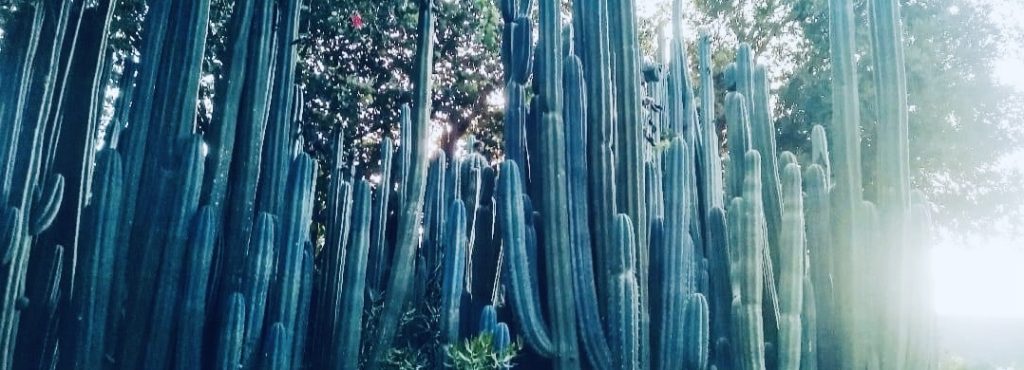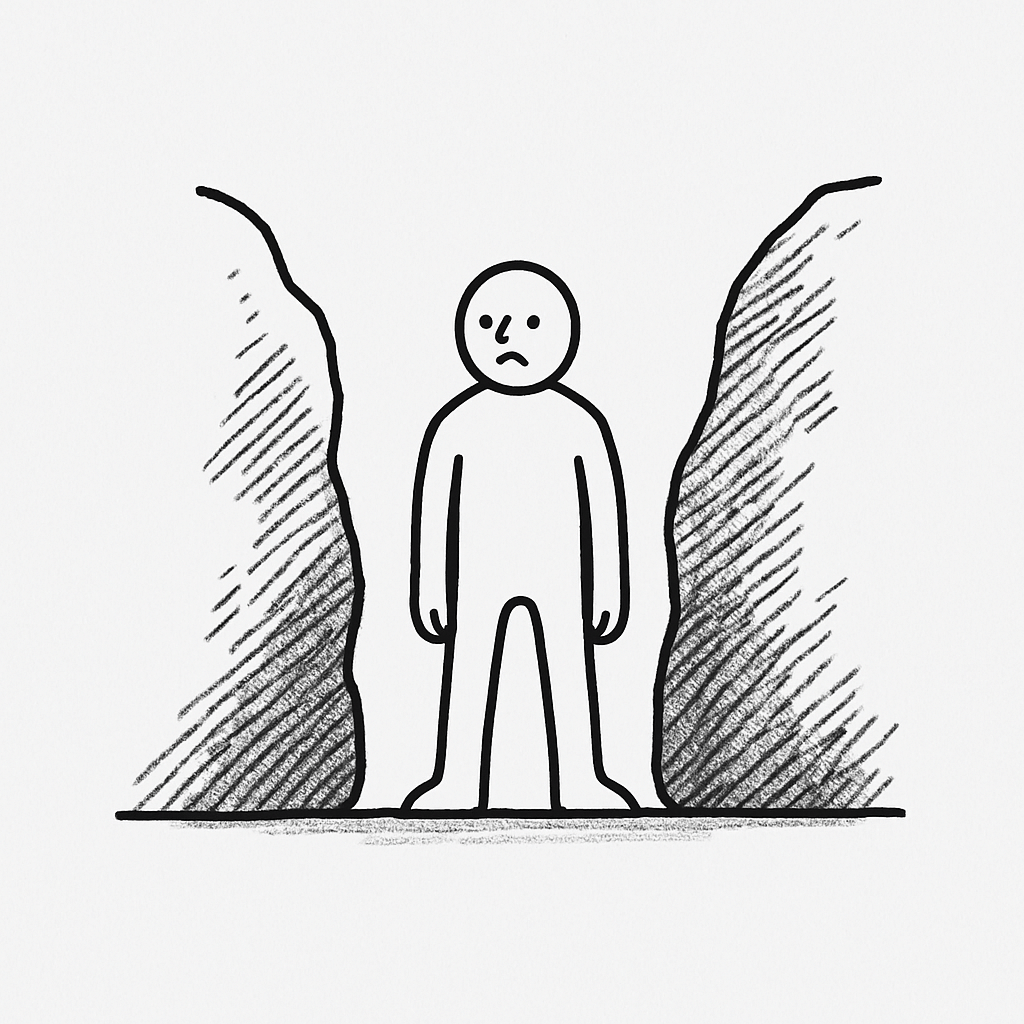Aren’t these early moments of the year a little hard? I’ve lived through 46 of them so far, and to me, they feel like when you were a kid, running alongside a roundabout to build speed before jumping on to glide. I don’t know how much gliding there will be this year, but I know I need to get on the wheel.
Yet, in these early moments, parts of me feel like they just don’t want to go. They resist what’s here and what needs to be done, offering an assortment of reasons for their reluctance. One of the most valuable lessons I’ve learned so far is not to fight the resistance. That doesn’t mean going along with it either. It’s about being curious about these parts that may not feel ready yet.
Take this story from my beginning: I was born early, and back then, it was fine for doctors to schedule deliveries. My mother’s doctor was also an avid golfer, and, as ridiculous as it sounds, the story I was told is that my arrival had to work around his golf schedule. For the longest time—and still, to some extent—I’ve carried this feeling of not being ready, like I’m being rushed out the door without everything I need. You know that sense, like you’ve forgotten something important? Granted, there were likely other experiences that contributed to that feeling, but nonetheless, it was there—something my rational mind could not explain.
The only way I’ve come to understand my resistance is by listening to those parts, making space for their fears, and, most importantly, finding the “hell no, I won’t go” energy in my body. The body carries that resistance, and trusting it is what has helped me move forward.
So here we are at the beginning of a new year. The first step, if there’s resistance, is to honour it. Once its grip loosens a little, there’s space for dreaming.
If this year could be more, what would I want that more to look like? Will I dare to dream, even when so much of the world feels torn apart? Even wealth doesn’t insulate like it once did. Look at the tragic fires in LA. The wealthiest among us aren’t immune to natural forces. Sure, it’s always been that way, but doesn’t the world feel more uncertain than usual?
So, with all the uncertainty, what is worth dreaming of?
I don’t have a clear answer to that, but I love the question. I think life is meant to be an art form, even when times are shaky. What’s the point of slogging through this thing without feeling some choice in how we respond to the conditions of our lives?
This brings me to my second point: don’t take it too seriously. After reflecting on last year, my slogan for this year is to be more playful in the serious business of life. For me, that means taking life seriously enough but also recognising its dream-like quality. The stakes aren’t always as high as I think, and there’s plenty of reason not to treat it as life or death.
One of my heroines is Suleika Jaouad. What I love about her is how she took an impossible situation—cancer—and turned it on its head. Enduring countless hospital stints that left her isolated for long periods, she responded in the one way she could: creatively.
She started The Isolation Journals, bringing people together through writing and art. Her story reminds me how to dream in a grounded way. It’s not about ignoring life’s constraints or pretending we’re limitless. She lives with uncertainty, not knowing how long she has, yet she finds a creative response to what life brings.
In Suleika’s case, she lives with the knowledge of her mortality as an absolute truth. That should not be different for any of us, and yet we are experts at pretending otherwise. For Suleika, the knowledge clearly propels her into her deepest place of creativity. She’s not writing like there will be a string of next days or years, but at the same time, she’s not giving up hope for a long and fruitful life. My favourite words from her are utterly simple: she invites us to “let our survival be a creative act.”
On the face of it, maybe that doesn’t look like much, but when you really consider what she is saying, it challenges us right to the core. We have hundreds of millions of years behind us of being conditioned for safety. Not much in us wants to risk all that in the name of Art. And it’s certainly not to say don’t take material reality seriously. But is there a way you could loosen up a little more and make more space for what really matters to you?
No challenge comes risk-free. Failure and loss are inevitable—no one in history has been an all-time winner. More to the point, are you in the game?
I used to think being in the game meant being entrepreneurial or avoiding corporate life. Not anymore. I’ve realised that you can summon creative energy in any situation. Take Viktor Frankl, for instance, who found meaning even in the most horrific conditions. He showed us that, even there, we have a choice in how to respond.
Because we are storytellers, whether we like it or not, we’re hardwired to make meaning from experience. So the question is, will we wrestle enough with experience to find a way of telling our story that supports the direction we want to take our life in?
If point two was to dream, then three is to find the story you want to tell that supports the dream. Not the story on the outside, but to grapple with the stories on the inside. If I’m telling myself a story of not being worth anything and that I have nothing of value to give, no matter how hard I dream, my thoughts and beliefs will keep holding me back from stepping more fully into life.
That’s part of what allows this creative energy to take hold. When we are telling a story that resists reality, there is no movement. We don’t feel that creative possibility. It’s only when we accept the conditions as they are. And if I imagine that I am living in a universe that wants us to dream, then I naturally open to that “more” I otherwise might not see.
And finally, point four: energise the dream by remembering that we each will have a dying moment. Memento mori, as the Stoics say.
Sam Harris offers a great proposal for the year: live it as if it’s your last. It’s a familiar idea, but what if we really brought it closer? None of us knows how long we have. Even as I write this, a part of me thinks death is far away.
Isn’t that crazy, that we can feel like it’s something abstract, when the reality is that it is very tangible and physical? One moment you’re in a body, and the next moment, you’re not. In my bones, I just don’t see how that’s possible. That you or I could just end in entirety. Surely not. Life can’t die, but it can change, and the end of your body-mind is as significant as it gets.
We should surely use this knowledge for good—not to take for granted what’s in front of us. To remember that something in us wants to live beyond the confines of our patterns. I call that Dreaming.
And I wish you a good dream for 2025!





